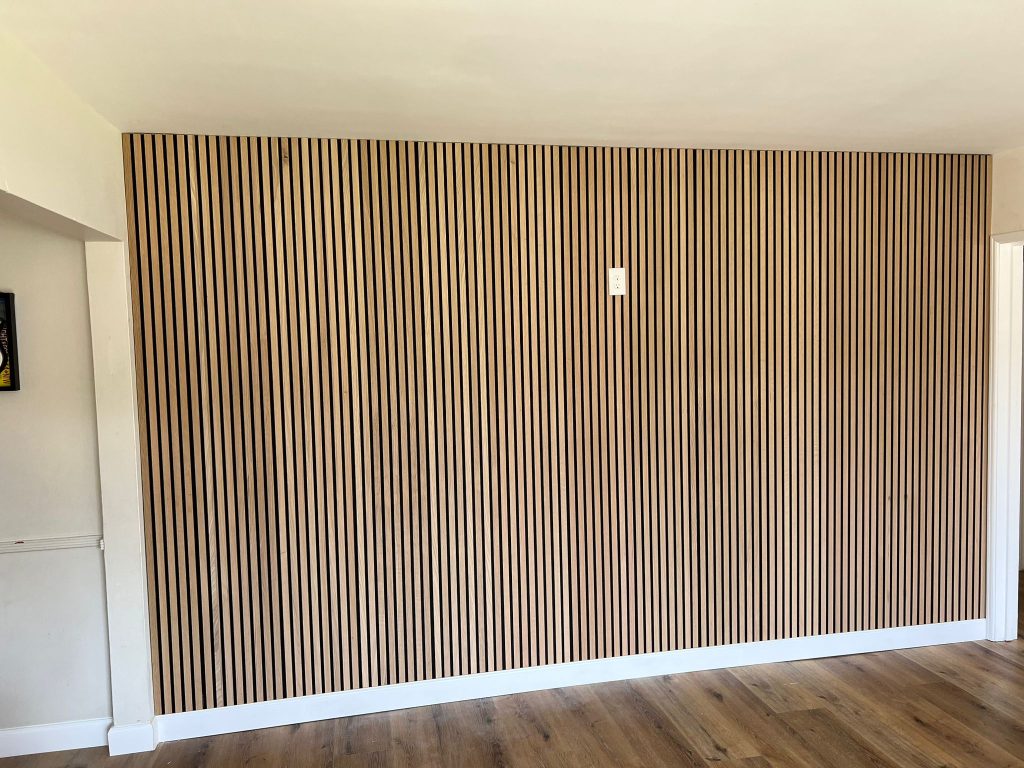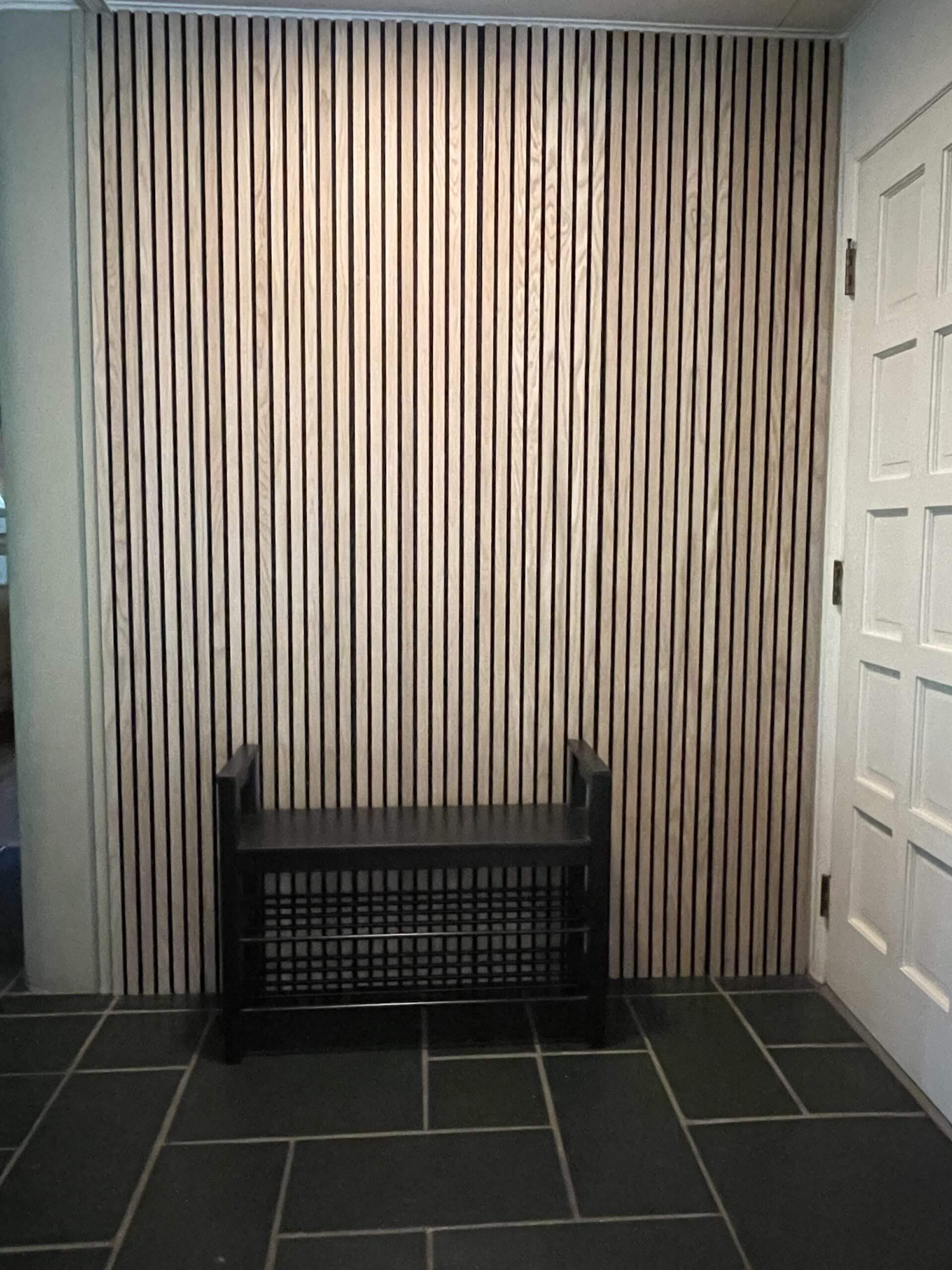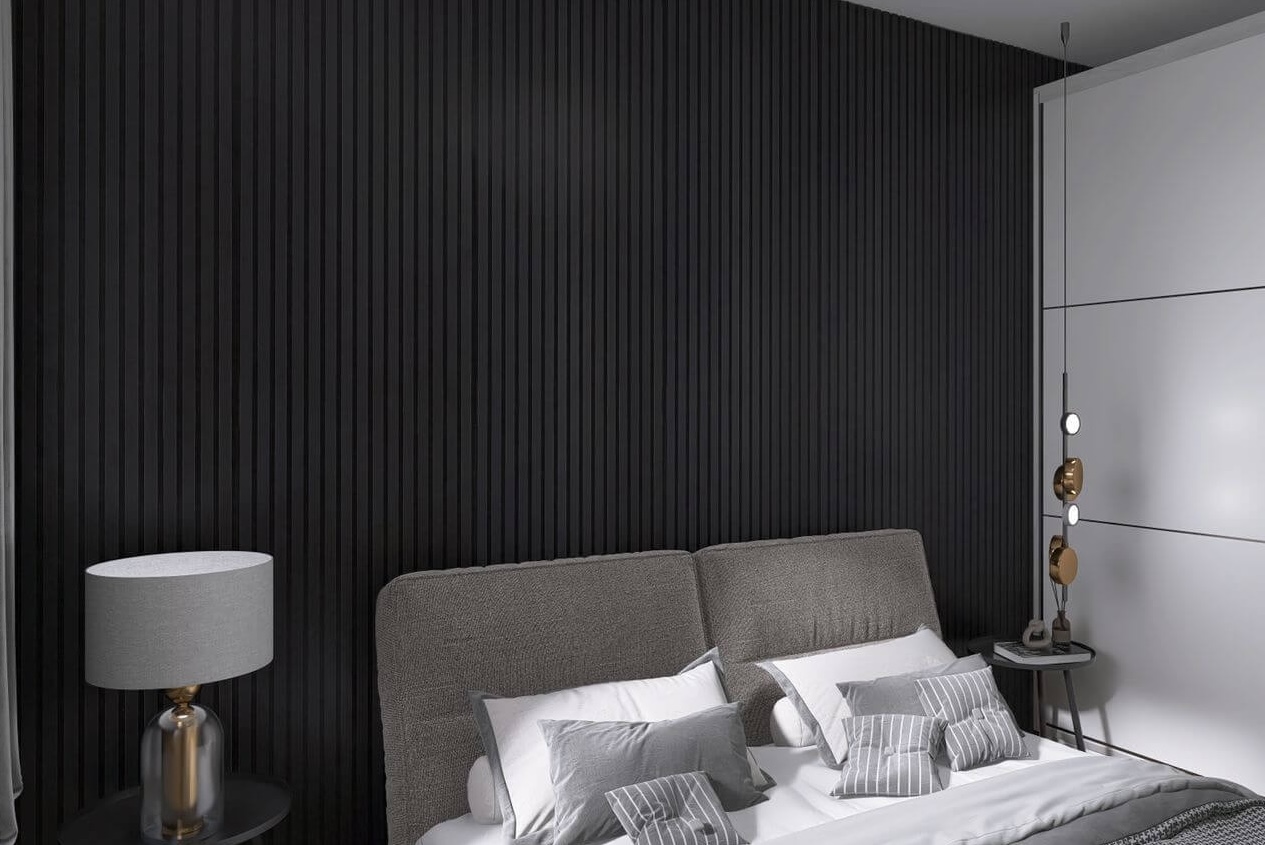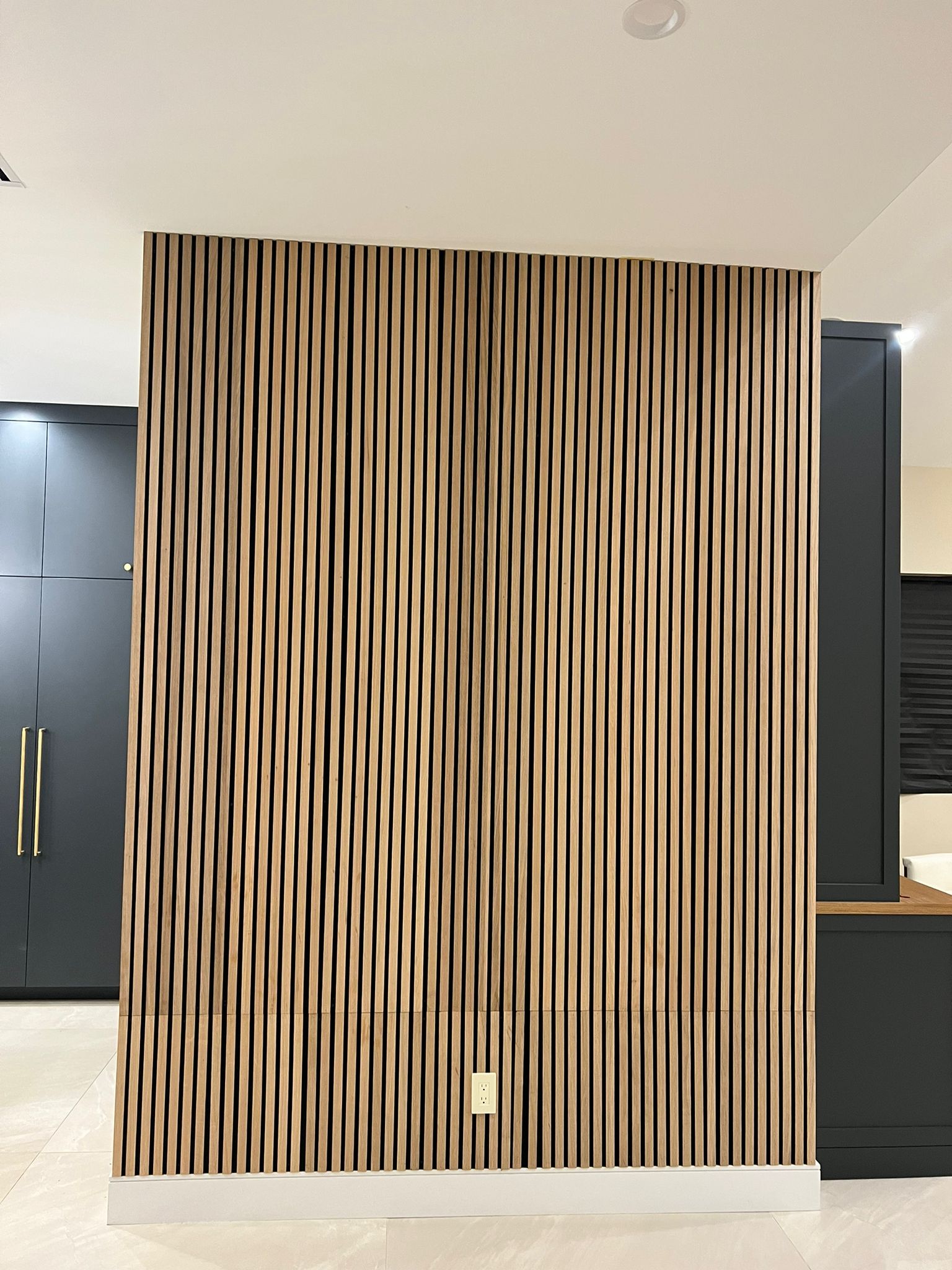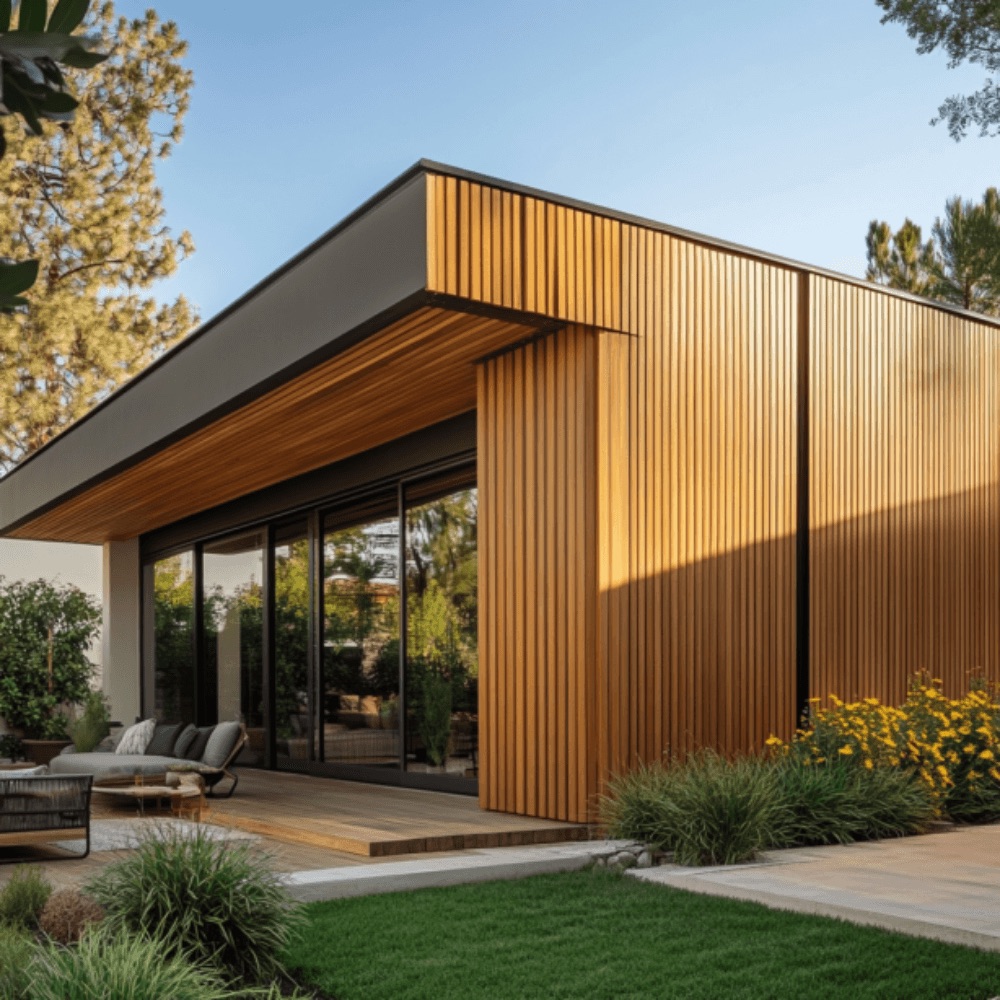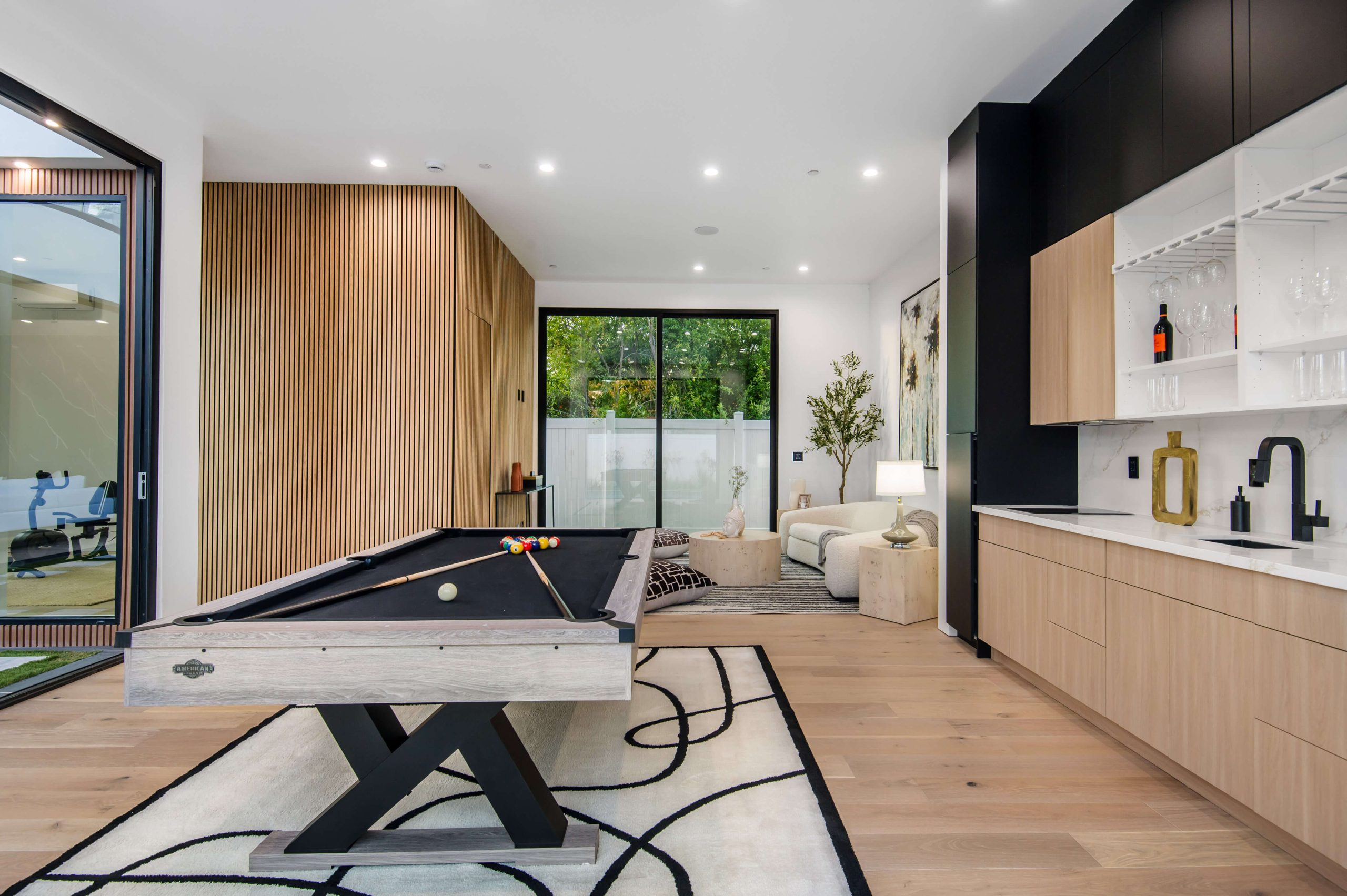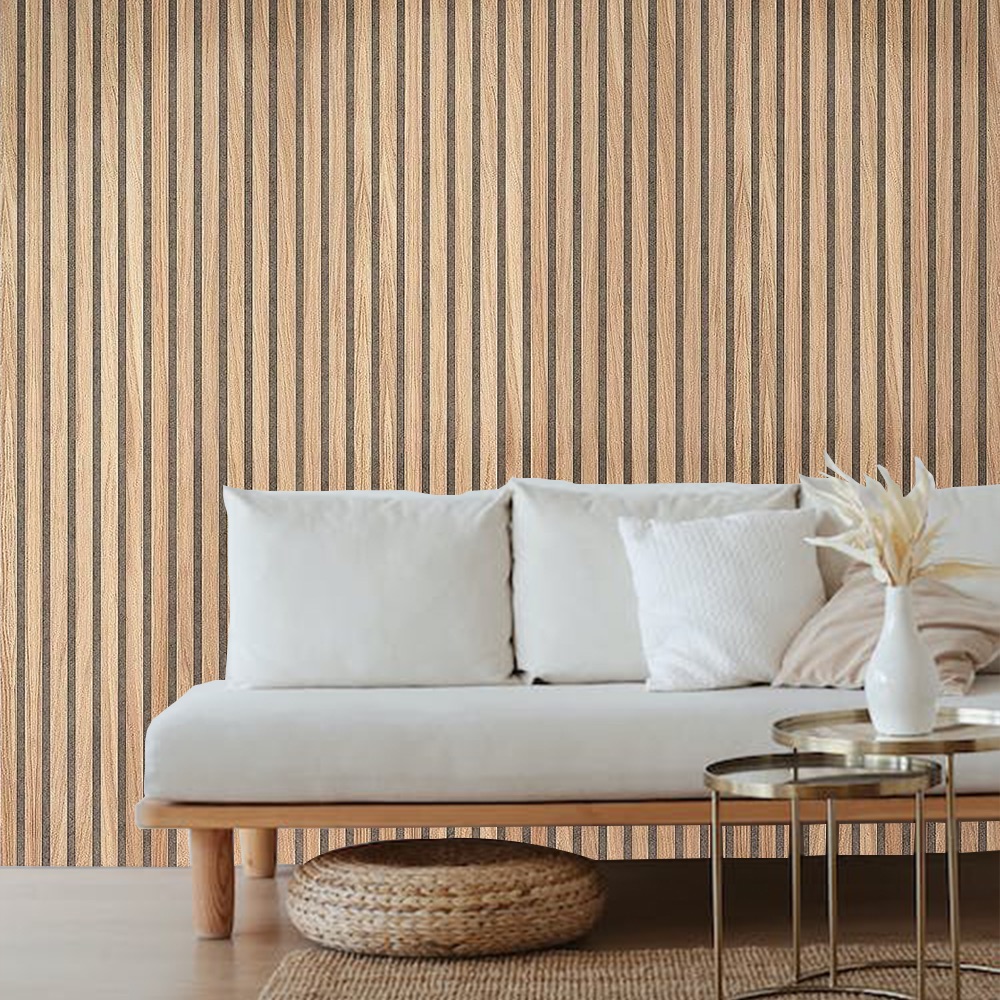When we walk into a room and feel that instant sense of warmth and comfort, it’s often because of the walls. And not just any walls—wood walls feel cozy in a way that drywall or brick simply can’t match. It’s not just about looks. There’s a deeper reason why our minds and bodies relax around natural materials. From how our senses react to textures and colors to the quiet comfort they provide, wood walls tap into something that feels like home.
The psychology of interior design tells us that the environment around us plays a big role in how we feel. Warmth, peace, and calm don’t come from just furniture or lighting—it’s also the walls that surround us. That’s where wood comes in. The texture, smell, and natural tones all work together to create a space that feels welcoming and safe. Simply put, wood walls feel cozy because they connect us with nature, memory, and calm.
We’ve seen more people choosing wood panels in their homes, offices, and even restaurants. Why? Because it makes the space feel alive and personal. The science backs it up too. Studies show that wood surfaces lower stress, boost comfort, and even improve mood. If you’ve ever noticed that peaceful feeling in a log cabin or a cozy wooden café, now you know why.
Here’s how it all breaks down:
The Natural Appeal of Wood
Humans are naturally drawn to nature. It’s called biophilic design—the idea that we thrive in environments that echo the natural world. Wood has color patterns and textures that remind us of forests, trees, and earth. When we use these elements indoors, we get that same sense of calm.
Why do wood walls feel cozy to us?
- They remind us of nature and outdoor spaces
- The tones are warm and earthy
- They soften the feel of modern, hard-edged interiors
Let’s take oak wood, for example. Its rich grain and golden-brown color add a feeling of depth and calm. That’s why we recommend looking at bold acoustic panels like our Natural Oak Slat Wood Wall Panels. Not only do they look stunning, but they also absorb sound and bring a warm, quiet energy to any room.
Sound and Silence: The Acoustic Power of Wood
It’s not just how wood looks—it’s also how it sounds. Or more accurately, how it helps silence the noise around us. A room with wood walls often feels calmer because wood naturally absorbs and softens sound. That makes the space more peaceful.
Why else do wood walls feel cozy?
- They reduce echoes and sharp sounds
- Rooms feel softer and quieter
- You can focus, rest, or talk without background noise
Whether you’re working from home or creating a reading nook, having wood around makes it easier to relax. It’s no surprise that designers love acoustic panels for bedrooms, home theaters, and offices. You can learn more about this on our blog about how wall panels improve room acoustics.
Texture and Touch: Wood Warms the Senses
We don’t just see wood—we feel it. Rough, smooth, matte, or glossy, each finish brings a different touch experience. Unlike cold tile or metal, wood feels warmer to our skin. This helps our brain associate the room with comfort.
Let’s explore why wood walls feel cozy under your fingertips:
- The texture gives the room a handcrafted feel
- Natural imperfections feel authentic
- It adds variety that breaks the monotony of flat, cold walls
When you reach out and touch a wooden panel, there’s an instant connection. It’s real. It’s organic. That experience of texture deepens the emotional impact of a space. It’s why people never forget the feel of a cabin wall or an old wooden bookshelf. We crave that touch.
Color and Light: Warm Tones Set the Mood
Color plays a huge role in how we feel inside a space. Wood naturally comes in a range of warm tones—think honey, walnut, amber, and chestnut. These colors calm the eyes and ease the mind.
Here’s a short list of wood tones that are especially soothing:
- Golden Oak
- Rich Walnut
- Light Birch
- Dark Mahogany
- Soft Pine
Not only do these tones warm the room, but they also reflect light in soft, glowing ways. No glare. No harshness. Just a gentle glow that wraps the room in warmth.
That’s another reason why wood walls feel cozy—they make the light feel softer and the air feel warmer. And that changes how we feel.
Different Styles of Wood Wall Panels
There’s no one-size-fits-all when it comes to wood wall design. Let’s go over the most popular types people use to cozy up their spaces:
Description List of Common Wood Panel Types
Shiplap – Horizontal boards with a slight gap. Classic farmhouse feel.
Tongue and Groove – Interlocking boards that give a clean, tight finish. Great for modern or cabin vibes.
Reclaimed Wood – Aged wood full of character. Eco-friendly and nostalgic.
Slat Panels – Vertical or horizontal strips for a modern texture. Often used for acoustic control.
Board and Batten – Wide vertical panels with thin strips (battens) over seams. Traditional and elegant.
People often ask what panel to choose. Our tip: Think about your light, layout, and mood. You can find tons of great options at our main website where we show styles for every room.
Real Stories and Real Feelings
We’ve heard so many heartwarming stories from families who transformed their living spaces. One customer installed slat wood panels in her dining room and said it “finally felt like a real home.” Another added reclaimed barn wood to their entryway and said guests always compliment the warmth.
These aren’t just walls. They’re part of our story. That’s the magic of wood. And it’s why we believe wood walls feel cozy in every possible way.
Quick Checklist: How to Bring Cozy Wood Walls Into Your Home
- Choose warm-toned wood types
- Pick a panel style that fits your home vibe
- Consider acoustic benefits for noise control
- Add lighting that reflects the wood’s warmth
- Mix textures—smooth, rough, and natural grains
Remember, even one accent wall can change the whole feel of a room. The natural charm of wood transforms cold, flat spaces into places where people want to stay longer.
And if you’re still wondering where to start, check out our best wall panel collection for cozy ideas that are easy to install and love for life.
Final Thought
Wood has always had a special place in the spaces we call home. It brings warmth, beauty, and a sense of calm that we all need. The reason wood walls feel cozy isn’t just design—it’s human nature. We’re drawn to spaces that feel alive and welcoming. And with wood, every wall tells a story.
Whether it’s for peace, style, or sound, bringing wood into your space is more than a trend—it’s a way to feel more connected. So next time you run your hand along a wooden wall, just smile. You’re not just touching wood. You’re touching comfort, memory, and home.
FAQs
1. Why do I feel more relaxed in rooms with wood walls?
Wood walls bring warmth, natural textures, and soft colors into your space, which helps your brain feel calmer and more at ease. The natural patterns and acoustic benefits also reduce stress and create a peaceful atmosphere.
2. Can wood wall panels really help with sound and noise?
Yes, wood panels—especially slatted or acoustic styles—help absorb sound, reduce echoes, and soften noise in a room. This makes your space feel quieter and more comfortable to live or work in.
3. How do I know which type of wood panel is right for my home?
Think about your space and mood. If you want a cozy, rustic feel, go for reclaimed wood. For a modern touch with sound control, slat panels work great. Lighting and wall size also help determine the best fit.
4. Will adding wood walls make my room look too dark?
Not at all. Many wood tones, like oak or pine, reflect light in a soft, warm way. You can also balance it out with lighting and brighter décor to keep things cozy without feeling dim.
5. Is it expensive or hard to install wood wall panels?
Not necessarily. There are many easy-to-install options available, and you can start with just one feature wall. Some panels even come ready to mount, saving you time and labor costs.

